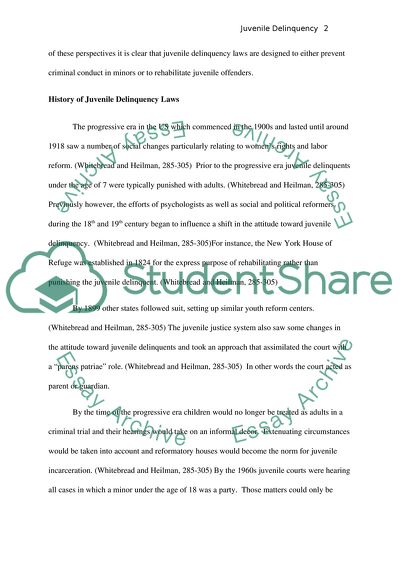Cite this document
(Juvenile Delinquency Laws and Juveniles in Criminal Court Coursework, n.d.)
Juvenile Delinquency Laws and Juveniles in Criminal Court Coursework. Retrieved from https://studentshare.org/law/1717308-juvenile-delinquency-laws-juveniles-in-criminal-court
Juvenile Delinquency Laws and Juveniles in Criminal Court Coursework. Retrieved from https://studentshare.org/law/1717308-juvenile-delinquency-laws-juveniles-in-criminal-court
(Juvenile Delinquency Laws and Juveniles in Criminal Court Coursework)
Juvenile Delinquency Laws and Juveniles in Criminal Court Coursework. https://studentshare.org/law/1717308-juvenile-delinquency-laws-juveniles-in-criminal-court.
Juvenile Delinquency Laws and Juveniles in Criminal Court Coursework. https://studentshare.org/law/1717308-juvenile-delinquency-laws-juveniles-in-criminal-court.
“Juvenile Delinquency Laws and Juveniles in Criminal Court Coursework”. https://studentshare.org/law/1717308-juvenile-delinquency-laws-juveniles-in-criminal-court.


